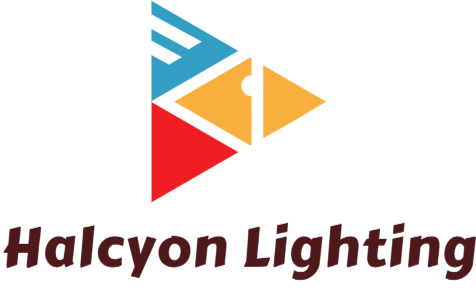Introduction
Long thin light has always fascinated people; its unique characteristics and beauty have been captured in art, photography, and architecture. From the delicate rays of sunshine beaming through the treetops to the dramatic and mesmerizing Northern Lights, long thin light has inspired awe and wonder. In this article, we will explore the various forms of long thin light and how it has been used in different applications.
The Science of Long Thin Light
Long thin light is defined as light that travels in a straight line and has a narrow beam angle, typically less than 45 degrees. This type of light is commonly used in applications such as flashlights, spotlights, and streetlights. The beam angle of a light source determines how much area the light will illuminate. A narrow beam angle will provide a more focused and intense light, while a wider beam angle will be more diffused and spread out.
Natural Forms of Long Thin Light
One of the most striking forms of natural long thin light is the Aurora Borealis, also known as the Northern Lights. This phenomenon is caused by particles from the sun colliding with our atmosphere, creating colorful displays of light in the sky. Another example of natural long thin light is the sun’s rays, especially during sunrise and sunset when the light is at a low angle and casts long shadows.
Artistic Uses of Long Thin Light
Long thin light has been used in art and photography to create dramatic effects. One notable example is the light sculptures of Dan Flavin, who used fluorescent lights to create minimalist, geometric installations. The light artist James Turrell uses natural and artificial light to create immersive installations that play with perception and experience. Long thin light has also been used in photography to capture the beauty of natural and man-made structures, such as the Eiffel Tower or a lone tree in a field.
Architectural Applications of Long Thin Light
Architects and designers also use long thin light in their projects, creating skylights, windows, and other openings to bring in natural light. In modern architecture, long thin LED strips are used to create clean lines and a futuristic feel. One notable example is the Beijing National Stadium, also known as the Bird’s Nest, which uses light strips to create a striking visual effect.
Sources
– Lumencove XT: https://www.lumencove.com/what-is-long-thin-light
– Aurora Borealis: https://www.nationalgeographic.org/encyclopedia/northern-lights/
– Dan Flavin: https://www.guggenheim.org/artwork/artist/dan-flavin
– James Turrell: https://jamesturrell.com/
– Beijing National Stadium: https://www.archdaily.com/995013/national-stadium-herzog-and-de-meuron
